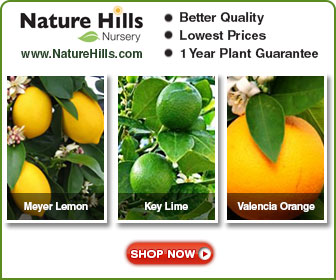Non - Xeriscape.
Common Landscape Plants. Shrubs, Flowers, & Trees.
For The Arizona Desert Environment
Pictures, Photos, Images,
Descriptions, & Reviews.
Arizona Ash, Fraxinus velutina.
We Are Proud Of Our SafeSurf Rating!
Click On Any Of The Following Links By Amazon.Com
To View Tools For Desert or Arizona Gardening. No Obligation!
| Arizona Ash Tree, Fraxinus velutina. |
|---|
 | |
| Leaves. Arizona Ash, Fraxinus velutina. | Leaves. Arizona Ash, Fraxinus velutina. |
|---|---|
 | |
| Flowers. Arizona Ash, Fraxinus velutina. | Flowers. Arizona Ash, Fraxinus velutina. |
Arizona Ash.
We wish to thank Wikipedia, the free encyclopedia for some of the information on this page. We share images and information with Wikipedia. Fraxinus velutina (Velvet Ash or Arizona Ash or Modesto Ash) is a species of Fraxinus native to southwestern North America, in the United States from southern California east to Texas, and in Mexico from northern Baja California east to Coahuila and Nuevo Le�n. In Arizona, the range of Fraxinus velutina is centered on the Mogollon Rim, from the northwest in the Grand Canyon feeder canyons, to the central-east White Mountains (Arizona) merging into the same mountainous area of western New Mexico, then to the Rio Grande valley. In Arizona and northern Sonora it also is found in the sky island mountain ranges, the Madrean Sky Islands, and is found from central-southern Arizona, in the Sonoran Desert mountains, and the desert ranges south into northern Sonora and the very north of the Sierra Madre Occidental cordillera.[5] In California Fraxinus velutina is found in the southern Sierra Nevada, the Mojave and Colorado Deserts, and the California chaparral and woodlands ecoregion.
Quick Notes:
Height: 30 -50 feet with about 2/3 spread to the height with a round crown.
Flowers: Axillary clusters of small creamy white flowers; bloom in spring; allergenic. They have four valvate corolla lobes, a short four-toothed calyx, and two stamens that produce pollen copiously and little, if any, nectar. The male and female flowers are on different trees. The male flowers drop in the spring in large quantities, that can be composted rapidly. The female drops large quantities of one-winged seeds (samara).
Flowering Time: Southern Arizona, March - April. Phoenix Area, April - May.
Leaves: They are pinnately compound , usually 3 - 5 leaflets per leaf, leaflets 3/4 - 2 1/2 inchs long; upper surface glossy green, lower soft and velvety.
Trunk: Up to 12 - 18 inches in diameter.
Soil pH requirements:
Sun Exposure:
Elevation: Can be found growing from 0 - 7,500 Feet. Native at 3,500 to 7,500 feet.
Habitat: Used as a very common landscape plant in Phoenix. Found wild in riparian canyons and large washes with a perennial source of water. Maintenance: High leaf drop. Not pool friendly. Photos Taken June 06, 2006 Glendale, Arizona.
Miscellaneous: Even though this is a native Arizona plant, it is not a xeriscape plant. It must have water.
|
We Are Proud Of Our SafeSurf Rating!
Click On Any Of The Following Links By Amazon.Com
To View Tools For Desert or Arizona Gardening. No Obligation!
| © 1966 - Present, Audrey, Eve, & George DeLange |




